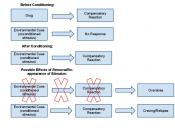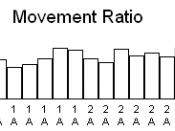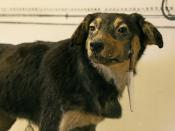Article: ÃÂPavlovian Conditioning: ItÃÂs Not What You Think It IsAuthor: Robert A. RescorlaReference: Page 171, Chapter 5: LearningCited: Rescorla, R. A. (1988). Pavlovian This article by Robert Rescorla from the University of Pennsylvania, is to look at Pavlovian Conditioning in more modern thinking. Rescorla also compares Pavlovian thinking to other areas of study, criticizes Connectionistic and Parallel Distributed Processing, and also promotes the structural ÃÂbaseÃÂ that the Pavlovian theory plays on many other cognitive theories.
The hypothesis of the article is to show that Pavlovian thinking has conformed from a very philosophical theory of behavior to an outward learning theory which stemmed the development of other cognitive theories.
In the article, Rescorla states that ÃÂconditioning is now described as the learning of relations among events so as to allow the organism to respresent its environmentÃÂ. From this statement, we can gather that the Pavlovian theory is addressed in the study of any learning processes.
Pavlov worked within the reflex tradition which sees conditioning as a kind of low-level mechanical process in which control is passed from one stimulus to another.
We can note that different experiments used to test Pavlovian theories often took the role of an unconditioned stimulus, a conditioned stimulus, an animal group and some type of reward (food, ect). It is interesting to note that different experiments of Pavlovian conditioning can test differences in the controlled stimulus and the uncontrolled stimulus and how they work together, separately, or indifferently from each other.
When experimenting the ÃÂblocking effectÃÂ two groups of animals receive a compound stimulus (light and tone) signaling an uncontrolled stimulus. Both groups of animals are tested for the conditioning stimulus of tone, but one group has a history of having light as the uncontrolled stimulus, and the other does not, therefore, when the...



Depth
You should go more into depth with the experiment involving light and tone. I found it slightly confusing. To someone that just learning about Pavlan Conditioning experiments this article could seem confusing
1 out of 1 people found this comment useful.